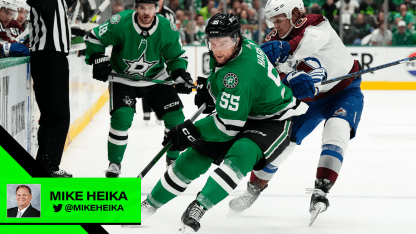How Thomas Harley’s patient development is paying dividends
The 22-year-old’s road to the NHL involved some twists and halts, but they are paying off greatly in the midst of a stellar season

The 22-year-old’s road to the NHL involved some twists and halts, but they are paying off greatly in the midst of a stellar season
